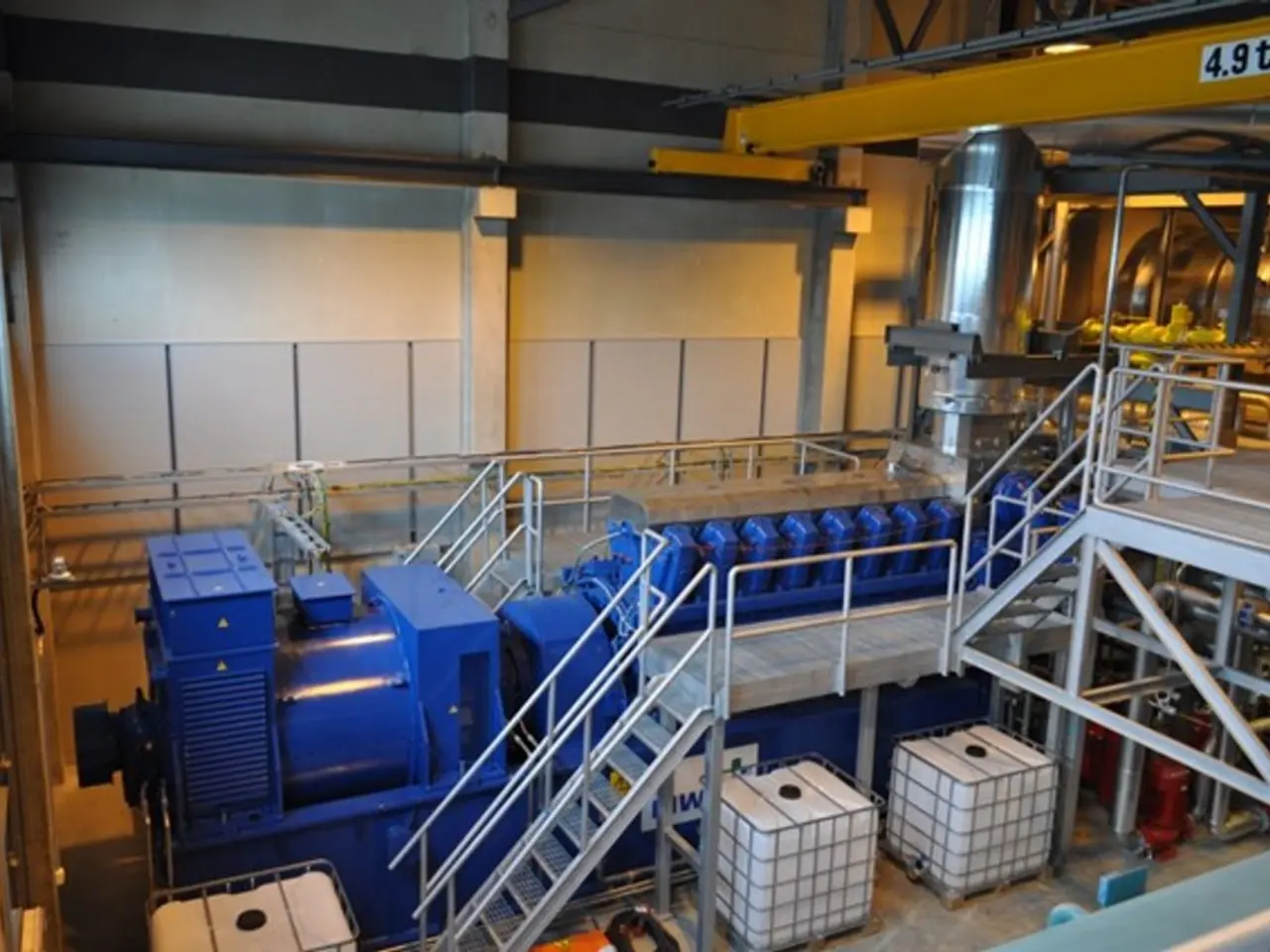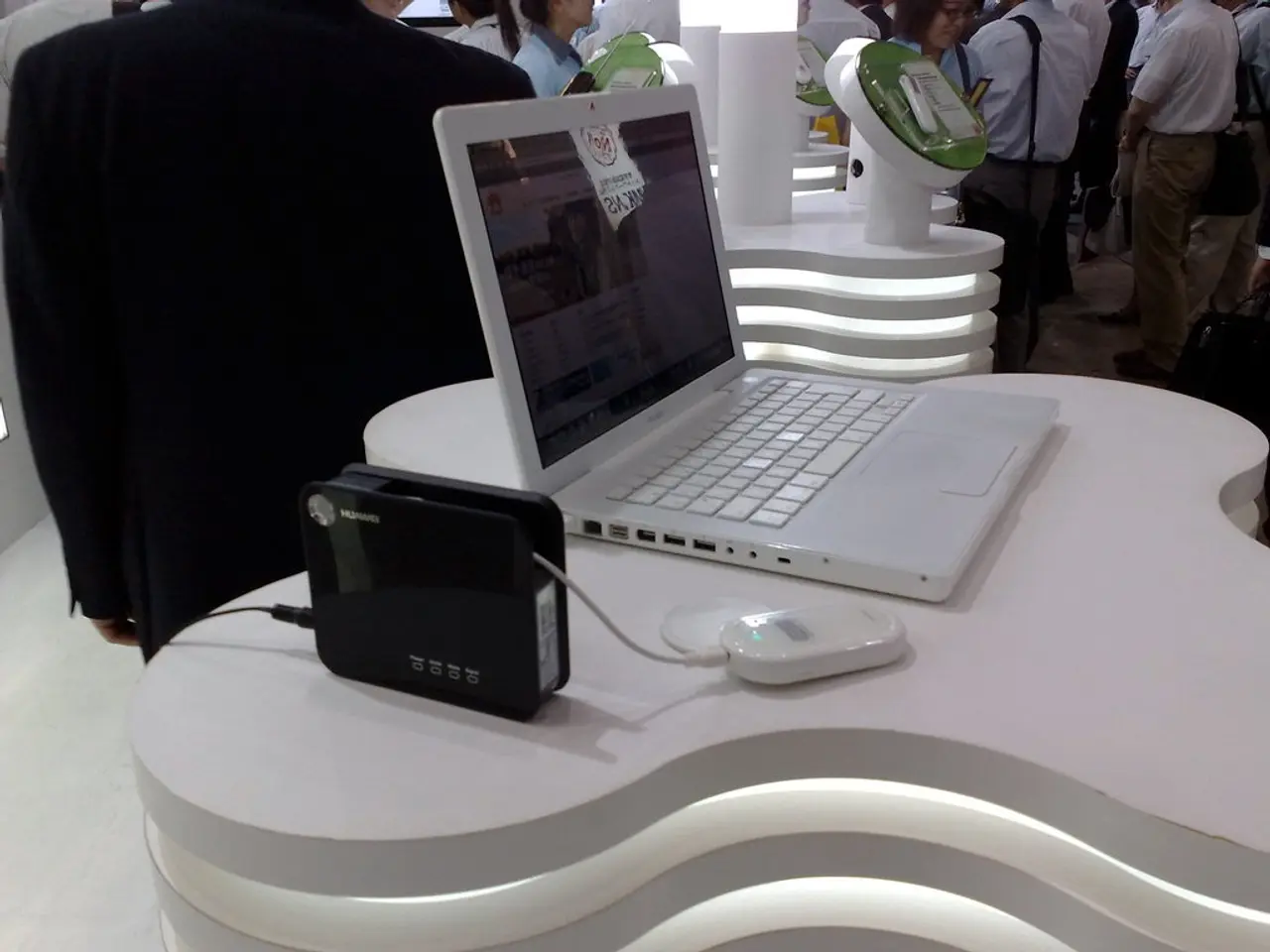Tariff Responses Adopted by Retail Sector in Modifying Supply Chains
=====================================================================
In the face of escalating tariffs, brands and retailers are seeking ways to build resilience and mitigate risks. A new report from TradeBeyond, Managing Tariff Turbulence in Supply Chains, offers eight strategies to help businesses thrive in the shifting trade landscape.
1. Supply Chain Reconfiguration
To reduce exposure and improve agility, companies are relocating operations closer to end markets or to countries with more favourable tariff conditions. For instance, UK companies are shifting operations nearer to home in response to tariff shocks.
2. Enhanced Supply Chain Visibility and Intelligence
Data analytics and AI-powered tools are being used to gain real-time insights into supply chain performance and risks, enabling quicker responses to tariff changes or disruptions.
3. Diversification of Suppliers and Sourcing
Reducing dependence on any single country subject to tariffs by broadening the supplier base to include alternative low-cost or tariff-free markets helps mitigate risk.
4. Collaboration with Logistics and Trade Partners
Working closely with logistics providers and trade experts to navigate complexities and optimise routes and inventory improves resilience against tariff-induced delays or cost increases.
5. Investment in Automation and Process Efficiency
Leveraging technology such as robotics in warehousing and process intelligence solutions to reduce costs and increase flexibility helps absorb the financial impact of tariffs.
6. Scenario Planning and Risk Management
Conducting scenario analysis to anticipate tariff actions and developing contingency plans ensures readiness for policy shifts, minimising surprises and business disruptions.
These strategies aim to build adaptive capacity in supply chains to withstand tariff turbulence, maintain competitiveness, and seize new trading opportunities amid evolving trade policies.
Other Strategies
Some retailers are front-loading inventory or passing on costs to consumers as a response to tariffs. Duty drawback programs are being revisited, allowing companies to reclaim tariffs paid on goods that are eventually exported. Companies are also exploring tariff engineering, which involves modifying product design or classification to qualify for lower tariff rates.
Tariff Engineering Example
An example of tariff engineering is adjusting the fiber composition of a shirt to reduce its applicable tariff. Some businesses are leveraging foreign trade zones (FTZs) to defer or eliminate tariffs on goods processed or stored within those areas.
The Expert's Perspective
Eric Linxwiler, Senior Vice President of TradeBeyond, with over 30 years of experience in enterprise software and cloud-based platform companies with a specialty in supply chain optimization and workflow management, emphasises the importance of flexibility, transparency, and cross-functional coordination for companies navigating tariff turbulence. Misclassification can lead to overpayment or regulatory penalties, necessitating regular auditing and staff training.
Moving Forward
The Trump administration has reinstated tariffs as a primary tool in U.S. trade policy, with new tariffs imposed on imports from Canada, Mexico, the European Union, and China. Companies that invest in these strategies will be best positioned to thrive in the face of tariff turbulence.
- The strategic investment in automation and process efficiency through the use of technology such as robotics in warehousing and process intelligence solutions is designed to help businesses absorb the financial impact of global trade tensions, thereby maintaining their competitiveness.
- Financial experts are revisiting duty drawback programs, which enable companies to reclaim tariffs paid on goods that are eventually exported, as a potential method to navigate the uncertainties introduced by trade tensions within global trade.
- Companies are utilizing tariff engineering, which involves modifying product design or classification to qualify for lower tariff rates, as a proactive strategy to thrive in the shifting trade landscape characterized by ongoing global trade tensions.




